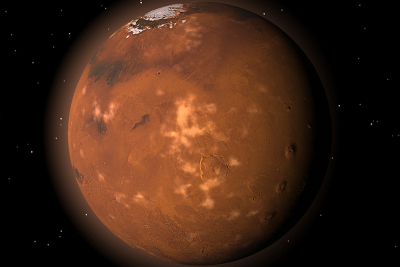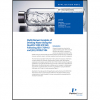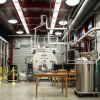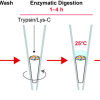Rate this Article

NASA has opened a competition to anyone to build a model to automatically analyse mass spectrometry data collected for Mars exploration. The model should detect the presence of certain families of chemical compounds in data collected from performing evolved gas analysis on a set of analogue samples. The winning techniques may be used to help analyse data from Mars, and potentially even inform future designs for planetary mission instruments performing in situ analysis.
Full details of the competition can be found at https://www.herox.com/MarsSpectrometry
Rate this Article
Technique




![Targeted proton transfer charge reduction (tPTCR) nano-DESI mass spectrometry imaging of liver tissue from orally dosed rat (Animal 3). a) optical image of a blood vessel within liver tissue. b) Composite ion image of charge-reduced haeme-bound α-globin (7+ and 6+ charge states; m/z 2259.9 and m/z 2636.3 respectively, red) and the charged-reduced [FABP+bezafibrate] complex (7+ and 6+ charge states; m/z 2097.5 and m/z 2446.9 respectively, blue). c) Ion image composed from charge-reduced haeme-bound α-globin (7+ and 6+ charge states) showing abundance in blood vessels. d) Ion image composed from charge-reduced [FABP+bezafibrate] complex (7+ and 6+ charge states) showing abundance in bulk tissue and absence in the blood vessel. Reproduced from https://doi.org/10.1002/ange.202202075 under a CC BY licence. Light and mass spectromert imaging of tissue samples](/sites/default/files/styles/thumbnail/public/news/MSI%20drug-protein%20complex-w.jpg?itok=CBNIjyYl)




